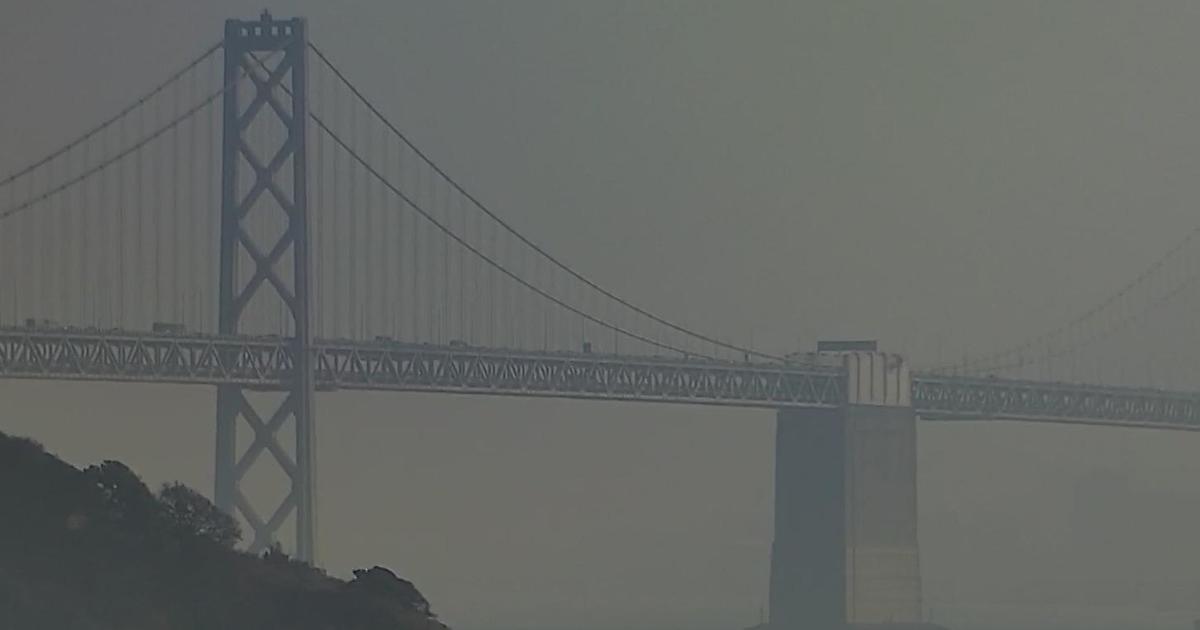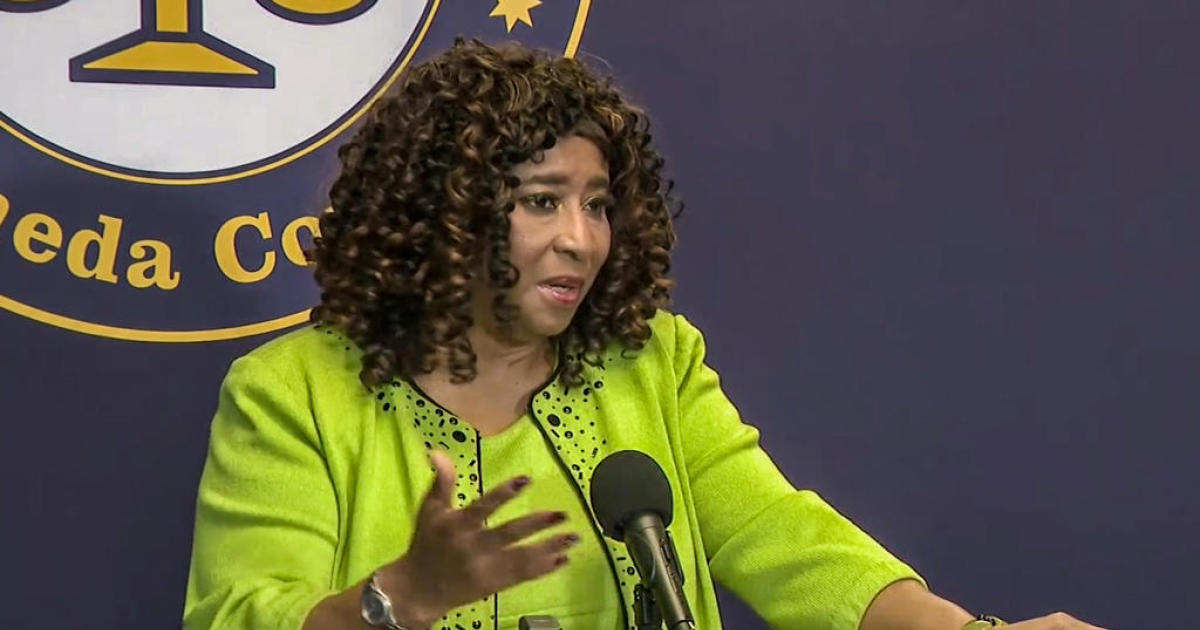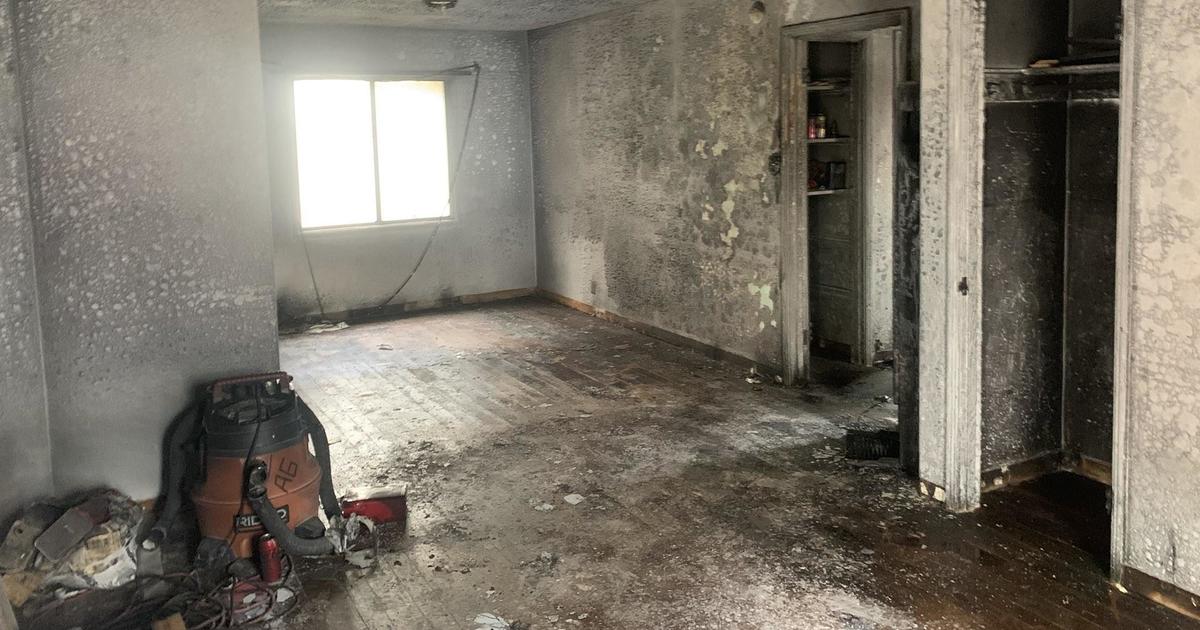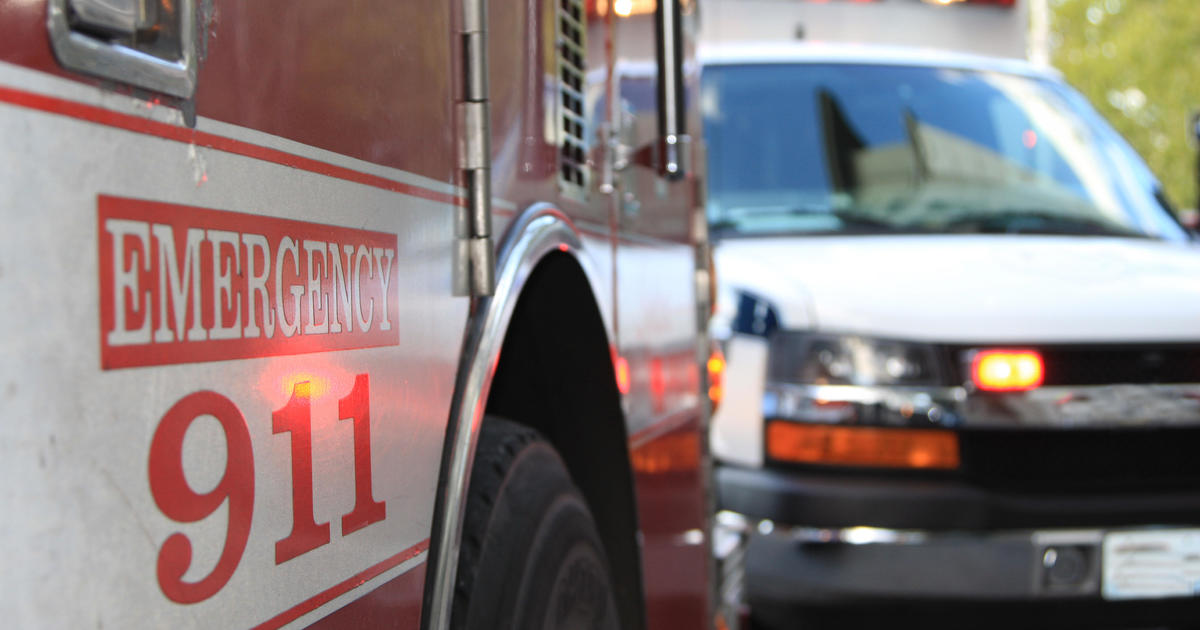Bay Area 2020 Census Response Rates Outpace State, Nation
(CBS SF) -- The Bay Area continues to trend ahead of state and national self-response numbers for the 2020 U.S. Census with just three weeks to go before enumerators are scheduled to fan out in search of people who have yet to fill out the forms.
On Aug. 11, the U.S. Census Bureau will send thousands of enumerators hired from local communities into every corner of the country as part of its Nonresponse Follow-up Operation.
These "door knockers" will visit households that have yet to complete the census questionnaire in order to help ensure that as many people as possible are included in the decennial effort to count every single person living in the United States.
So far, it appears as if the enumerators' jobs will be a bit easier in the Bay Area, which as of Sunday had a 69.2 percent self-response rate, compared to the state's 63.4 percent rate and the national rate of 62.2 percent.
"It feels like mile 35 of a marathon that has turned into an ultra-marathon," said Stephanie Kim, the census lead for United Way Bay Area, one of the state's partners in its massive $187.2 million census awareness campaign.
The road to a compete census count, a complex undertaking in the best of times, has been beset by additional complications as a result of the novel coronavirus pandemic and efforts to slow its spread.
As a result of social distancing requirements and stay-at-home orders, the Census Bureau readjusted its schedule, including by pushing back the self-response deadline from July 31 to Oct. 31.
"What has not changed is that every person living in the United States has the right to be counted. Period," Kim said during a teleconference call with reporters Tuesday.
And while the Bay Area's overall self-response rate is looking good, Kim stressed there are still plenty of areas where participation is lagging, particularly in places with high concentrations of "hard-to-count" populations.
For example, 71 percent of the lowest-responding census tracts are predominantly Latino, according to data Kim presented on the call.
Typically, some of the country's hardest to count communities are low-income, have limited English language skills, are recent immigrants, are very young, live in multi-unit buildings and are renters, among other factors.
Some of the areas with low rates are in Oakland, Hayward, San Rafael, Marin City, Daly City, South San Francisco, San Jose, and San Francisco's Tenderloin, Mission, South of Market and Bayview/Hunters Point neighborhoods.
Additionally, many hard-to-count communities are distrustful of government in general and the Trump administration in particular, given its pattern of racist rhetoric and anti-immigrant policies, including Trump's most recent effort to exclude census data regarding undocumented immigrants from congressional reapportionment efforts.
It's a move that Julia Marks, a lawyer with Asian Americans Advancing Justice-Asian Law Caucus, called "a blatantly unconstitutional action."
Marks stressed that there is no question about citizenship status on the census forms.
"Everyone should be counted in the census," Marks said. "The census does not care about immigration and about citizenship."
© Copyright 2020 CBS Broadcasting Inc. and Bay City News Service. All Rights Reserved. This material may not be published, broadcast, rewritten or redistributed.



